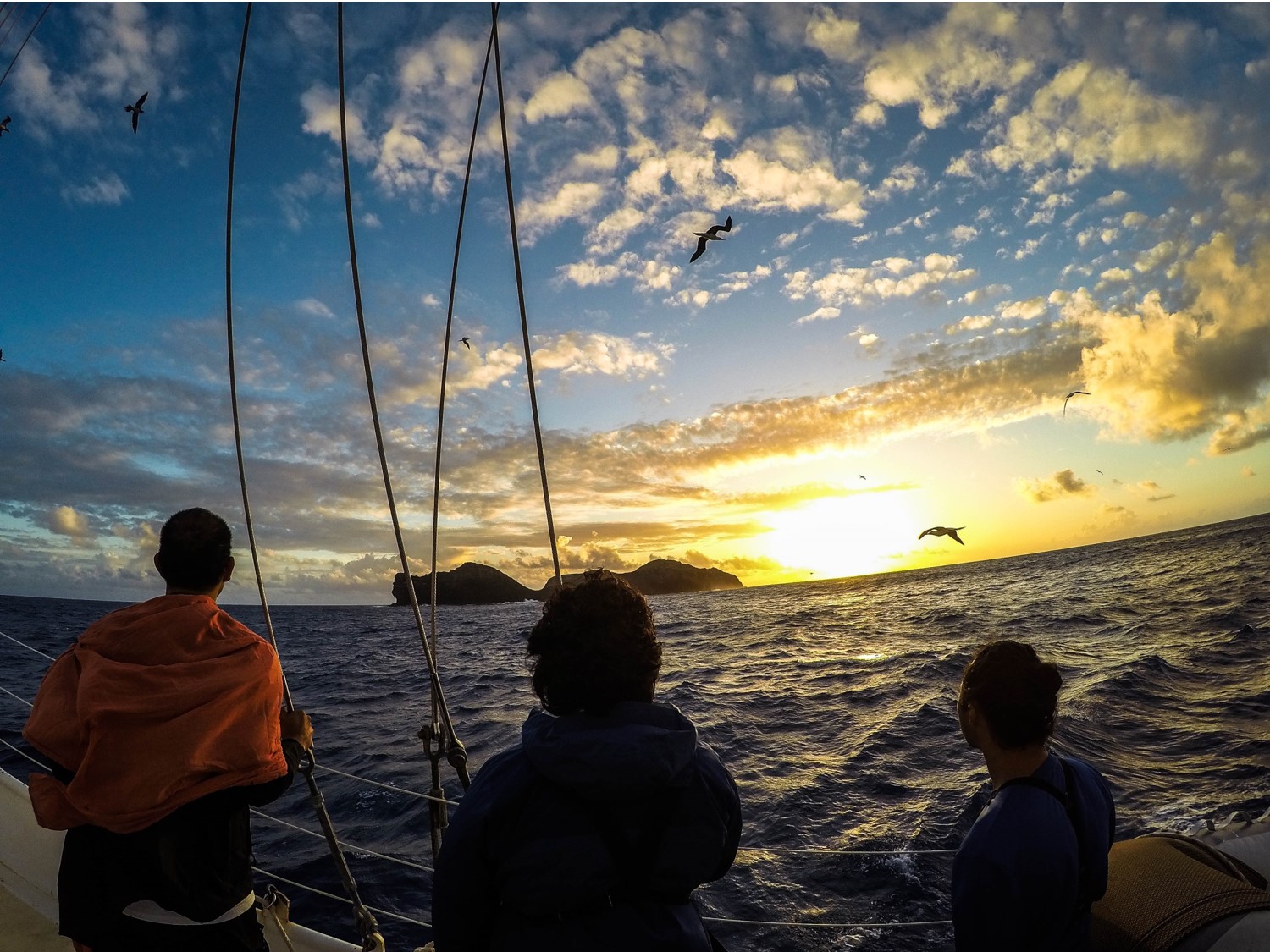
Blue Beacon: Big Ocean Protection
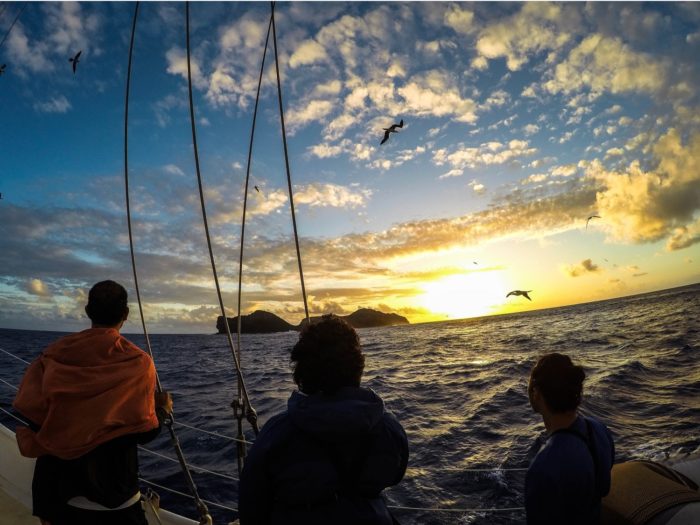
Photo credit: Brad Ka‘aleleo Wong/Office of Hawaiian Affairs
by Moriah Byrd, Policy Intern
Large marine protected areas (LMPAs) are an essential tool to conserve marine ecosystems at-scale. Their size enables LMPAs to protect and conserve wildlife and habitats across interconnected ecosystems, managing each for their unique needs as well as for the connections within the marine environment. But these conservation tools can protect more than just natural resources; with successful collaboration, they serve as important seascapes encompassing the multigenerational history, heritage and practices of indigenous and local communities. As such, these unique natural and cultural seascapes represent the values and principles that continue to inform these relationships. Today, LMPAs can serve as collaborative systems that integrate communities and their culture into more holistic co-management, conservation, and protection of marine resources.
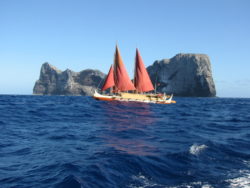
Photo credit: Nāʻālehu Anthony
Papahānaumokuākea Marine National Monument exemplifies the role of LMPAs as models for transdisciplinary ocean conservation. Established in 2006, and expanded in 2016, Papahānaumokuākea spans 582,578 square miles of ocean in the Hawaiian Archipelago. It protects some of the most iconic ocean environments in the world, protects and supports the perpetuation of Native Hawaiian traditions for future generations, and safeguards the remains of those lost during World War II’s Battle of Midway. Papahānaumokuākea has inspired a unique collaborative management system guided by Native Hawaiian cultural traditions and value systems. The successful establishment and growth of this management system has re-invigorated LMPA conversation and inspired others to further expand collaborative ocean protection.
In celebration of Papahānaumokuākea’s 15th anniversary, the National Marine Sanctuary Foundation and the Office of Hawaiian Affairs convened a panel discussing the value of LMPAs, the importance of collaborative conservation for social-environmental justice and what should come next in the future of large marine protection, as part of the ongoing Blue Beacon Series. The panel was led by ‘Aulani Wilhelm, Senior Vice President for Oceans at Conservation International and the founding superintendent of Papahānaumokuākea Marine National Monument, and it featured Keola Lindsey, Hawaiʻi Island Trustee of the Office of Hawaiian Affairs, and Atuatasi Lelei Peau, Superintendent of the National Marine Sanctuary of American Samoa.
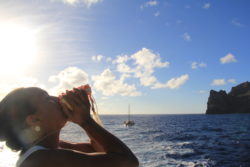
Photo credit: Brad Ka‘aleleo Wong/Office of Hawaiian Affairs
The Office of Hawaiian Affairs opened the event with a profound cultural protocol and chant called I Kū Mau Mau (Stand Together), which commemorates Native Hawaiian customs associated with falling a large tree to create a voyaging canoe. With its emphasis on bringing the community together working towards a unified goal, the chant highlighted the role communities play in the intergenerational inheritance of stewarding ancestral lands and waters as well as the new role of all those who join them. Additional interpretation of the chant and cultural protocol was conducted in ʻŌlelo Hawaiʻi (Hawaiian language) with English subtitles.
As the panel discussion progressed, it became clear that, for all panelists, effective LMPA management requires integrating local culture and history into all aspects of protection. ‘Aulani described adhering to principles of conservation akin to the Native Hawaiian practice of “our kuleana: our responsibility and privilege”. Superintendent Atuatasi Lelei Peau, described a similar sense of responsibility as the foundation of the sanctuary: “a traditional and cultural consciousness based on Faʻasamoa or Samoan way of life.”
Trustee Keola Lindsey emphasized the necessity of maintaining cultural engagement as collaboration increases. “What keeps coming out of [that cultural engagement] is a process that keeps moving forward, that keeps recognizing its about the place, and the integration of everything together to care about that place and those resources.”
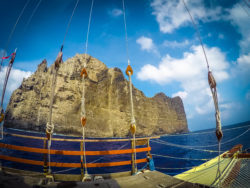
Photo credit: Brad Ka‘aleleo Wong/Office of Hawaiian Affairs
